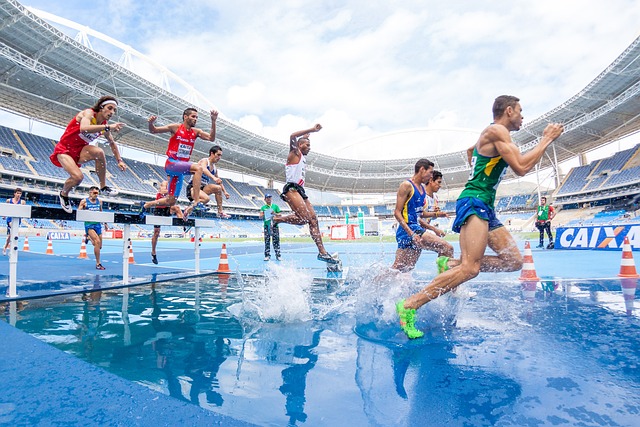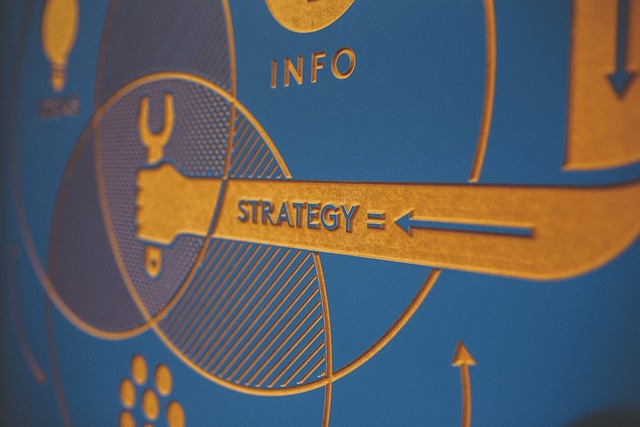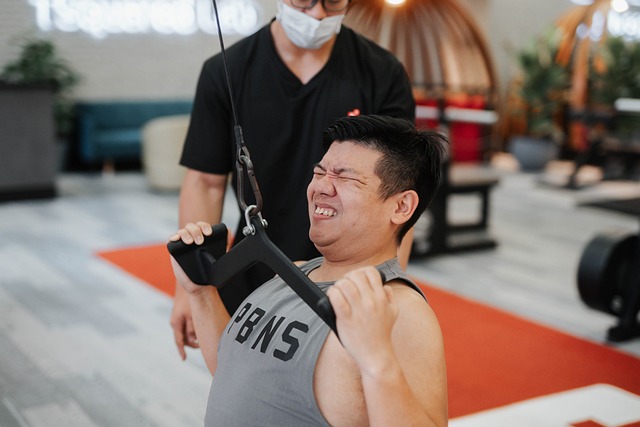Artificial intelligence (AI) is revolutionizing sports analytics, enabling performance optimization like never before. From real-time performance tracking and injury prevention to predictive analytics and strategy development, AI offers endless possibilities for enhancing athletic capabilities. Whether it’s using machine learning in sports optimization, leveraging wearable technology, or harnessing big data for actionable insights, AI is a game-changer for athletes, coaches, and teams alike.
AI in Sports Performance Tracking
Artificial intelligence powered tools can analyze an athlete’s performance in real time, providing valuable metrics like speed, stamina, and precision. This technology helps athletes and coaches understand strengths and weaknesses effectively.
Real-Time Performance Monitoring
Real-time performance tracking involves using AI systems to monitor movements during training or a game. Sensors and cameras connected to AI algorithms analyze every motion, enabling instant feedback for improvements.
Wearable Technology in Sports Analytics
Wearable devices integrated with AI track vital metrics such as heart rate, muscle stress, and overall activity levels. These devices provide data-driven insights, ensuring athletes optimize their physical efforts while avoiding overtraining.
AI for Athlete Performance Analysis
Artificial intelligence can dive deep into an athlete’s historical data to analyze patterns and trends. This helps in crafting personalized training plans.
Personalized Training Programs
AI systems create tailored routines by evaluating factors like an athlete’s current fitness level and past performance metrics. These plans adapt dynamically based on progress or setbacks, ensuring optimal development.
Identifying Weaknesses and Strengths
With machine learning, AI can identify specific areas for improvement. Whether it’s refining a basketball player’s shooting technique or enhancing a sprinter’s stride, AI pinpoints actionable insights.
AI for Injury Prevention in Sports
Injuries can derail an athlete’s career, but AI provides tools to minimize these risks. Predictive models and real-time monitoring are two key components.
Predictive Analytics for Injury Risk
By analyzing historical performance data, AI systems predict potential injury risks. Early warnings allow athletes to adjust their training intensity or techniques to stay healthy.
Recovery Optimization with AI
AI aids in tracking recovery progress, suggesting exercises and treatments tailored to an athlete’s condition. This accelerates rehabilitation and ensures a safer return to peak performance.
AI for Sports Strategy and Tactics
Teams are leveraging AI for smarter game strategies and improved tactics on the field.
Game Analysis with AI
AI reviews match footage and identifies patterns in opponent strategies. Teams can use this information to develop counterstrategies and gain a competitive edge.
Real-Time Tactical Adjustments
During matches, AI systems analyze ongoing gameplay and suggest tactical changes to coaches. This helps teams adapt swiftly and outmaneuver their opponents.
Big Data in Sports Analytics
The integration of AI with big data has unlocked new levels of understanding in sports performance.
Actionable Insights from Big Data
AI processes massive datasets to reveal insights about an athlete’s or team’s performance. These insights lead to more informed decisions and measurable improvements.
Long-Term Performance Trends
AI evaluates long-term trends in player performance, helping teams manage careers, contracts, and roster changes more effectively.
AI in Sports Training and Coaching
Coaching has become more precise and targeted with the help of AI systems.
Enhanced Coaching Techniques
AI tools provide coaches with detailed analysis of player habits and game performance. This enables more targeted instructions and drills during training sessions.
Virtual Training Simulations
AI-powered virtual environments allow athletes to practice scenarios without physical exertion. These simulations mimic real-game pressures, improving decision-making skills.
Conclusion
AI in sports analytics is redefining how athletes train, recover, and perform. From real-time tracking and personalized training plans to injury prevention and game strategies, artificial intelligence is a transformative force in the world of sports. By combining big data, wearable technology, and predictive analytics, AI empowers athletes and coaches to achieve unprecedented levels of success. As this technology continues to evolve, the future of sports performance optimization looks brighter than ever.






